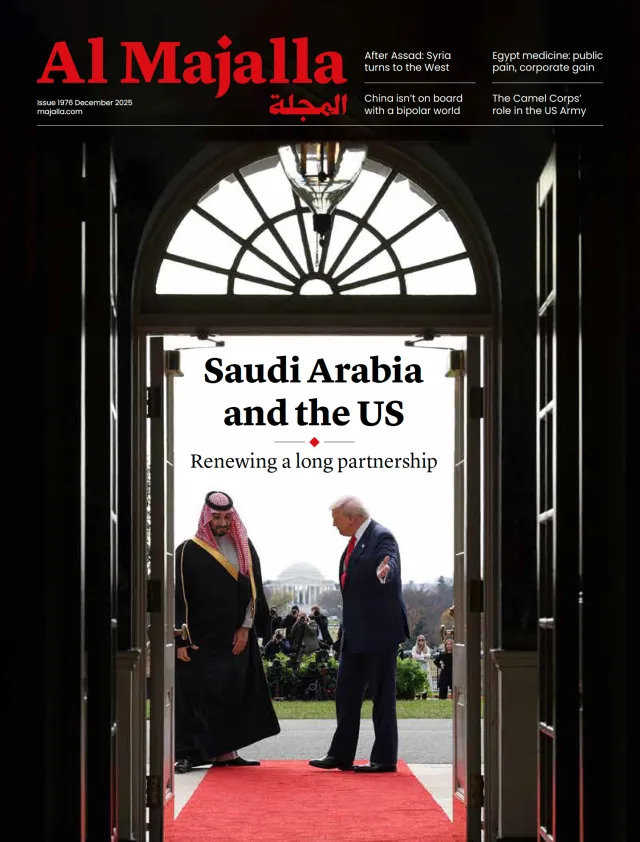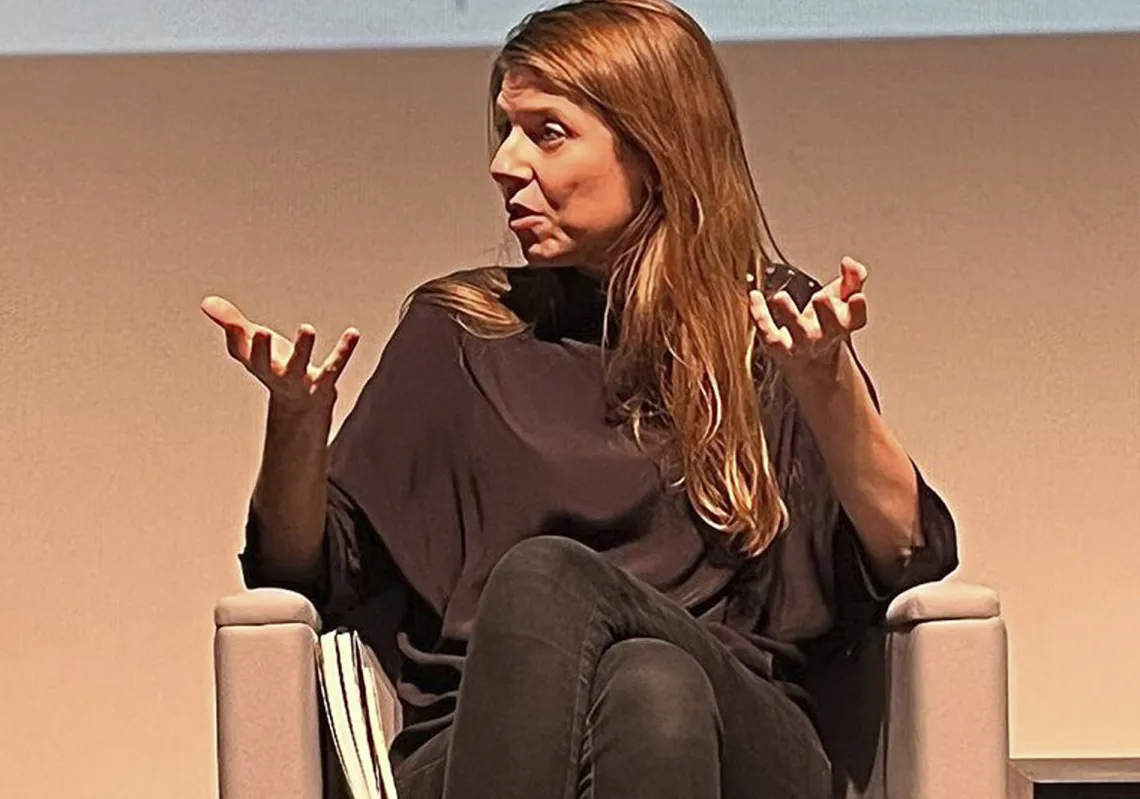In the early 1920s, Umm Kulthum left her rural Egyptian village for Cairo, where she began performing concerts. Back home, she had built a network of fans, including local dignitaries and minor elites. These supporters, who were the first to buy her records, later played a crucial role in her rise to superstardom.
Her audience was divided. Rural elites liked her religious tawashih singing style, but urban critics dismissed her as a ‘religious performer’. The prominent magazine Rose Al-Youssef echoed this sentiment, asking what novelty she offered the music scene.
Just a few years later, Umm Kulthum had silenced her critics and emerged as the most celebrated singer in Egypt and the Middle East; her meteoric rise solidified in 1932 when she dazzled at the First Congress of Arab Music, a prestigious cultural event held under King Fuad I’s patronage.
Soon after, she built close relationships with Cairo’s upper class, including pashas and elite women. Artistically and commercially, she was the unrivalled star of her era, overshadowing contemporaries like Mounira al-Mahdiyya and Fathiya Ahmed.
Innovation in disguise
Umm Kulthum’s success was not just due to her social intelligence but to her role in renewing and transforming the art of singing. Her brilliance lay in her ability to innovate subtly without alienating conservative audiences who expected traditional values from female performers.

Unlike Mohammed Abdel Wahab, who openly embraced Western modernism and was known as the “leader of the modernists,” Umm Kulthum carefully maintained an image of safeguarding the heritage and spirit of traditional music. All the while, however, she was revolutionising the art form, working closely with Mohamed el-Qasabgi—a true innovator and Abdel Wahab’s own mentor.
While Umm Kulthum contributed to a shift in lyrics—from light-hearted taqatiq and rigid dors to romantic and sophisticated works by poets like Ahmad Shawqi and Ahmad Rami—her partnership with el-Qasabgi brought deeper, more profound musical innovations.
Together, they transcended superficial structural changes often praised by formalist critics, such as el-Qasabgi's refinement of the monologue form or Zakaria Ahmed's blending of taqatiq with dor and tawashih.
Breaking with tradition
These technical adjustments, while significant, would not have fundamentally transformed the essence of Arabic music without a visionary like el-Qasabgi. He broke from traditional frameworks, crafting melodies that challenged conventional maqam rules, often transitioning seamlessly between tonalities, introducing unexpected chromatic shifts.
This approach expanded the artistic possibilities of Arabic music, requiring performers like Umm Kulthum to rise to the challenge of intricate phrasing, extended melodic lines, and innovative emotional expression.

Her collaboration with el-Qasabgi marked a pivotal moment in the evolution of Arabic music. His training and influence shaped her voice into a model of precision, clarity, and theatricality. Their work popularised a vocal style that became the benchmark for all female singers to follow.
Her approach differed significantly from earlier styles associated with singers like Munira al-Mahdiyya, Fathiya Ahmed, and Mari Jubran, whose performances came to be seen as outdated compared to Umm Kulthum's refined artistry. Over time, these older styles were unfairly dismissed as archaic or overly influenced by Turkish traditions.
Foundational training
What set Umm Kulthum apart from her peers was her early immersion in the male tradition of religious chanting, guided by her father, a rural imam. This rigorous training distinguished her from awalem performers, whose works were less vocally demanding and largely confined to women's social circles.
Some awalem singers, like Sakina Bey and Sakina Hassan, broke into male-dominated spaces, performing classical poems and dor compositions, but they were exceptions, and their training was generally less sophisticated than that of male reciters, chanters, or singers.
Her foundation in religious chanting, which is evident in her rendition of Wa Haqqak Anta Al-Muna (1926), profoundly shaped Umm Kulthum's performance style, creating a distance from the worldly characteristics of awalem singing. Comparing her rendition of Wa Haqqak Anta Al-Muna and Fathiya Ahmed's interpretation highlights the stylistic differences between them.
Comparisons to peers
Fathiya grew up immersed in musical theatre alongside her sister Ratiba (a leading performer of light taqatiq) and demonstrated traits associated with 'worldly' singing. While Fathiya had greater melodic imagination and variety, her performances were marred by inconsistencies, uncontrolled sighs, hoarseness, and unintended pauses.
Her use of trill (rapid oscillation between two pitches) was less refined than Umm Kulthum's, and her vocal embellishments often lacked clarity and precision. Fathiya's voice also sometimes conveyed exaggerated emotions that were disconnected from the lyrics. This inconsistency undermined the cohesion of her performances.
In contrast, Umm Kulthum approached her performance with restraint and precision. She minimised excessive vibrato, carefully selecting moments to employ it for maximum effect. Her delivery was characterised by clear, stable notes and an emotional depth that aligned seamlessly with the meaning of the lyrics.
She minimised the use of tremolo, reserving it for impactful moments, particularly before musical transitions. Her delivery emphasised purity and stability of tone, with only occasional slips. By maintaining a consistent vocal texture, she aligned her emotional expression seamlessly with the meaning of specific words.
Vocal experiments
Unlike Fathiya Ahmed, Umm Kulthum avoided breaking words mid-performance, ensuring a smooth and cohesive delivery, yet her early performances were not without influences from the awalem tradition, such as excessive vibrato, intermittent or suppressed tones, and hoarseness. Despite this, Umm Kulthum exhibited greater control over these traits, as evident in songs like Badd Al-Ghram and Al-Jamal Al-Badi.












